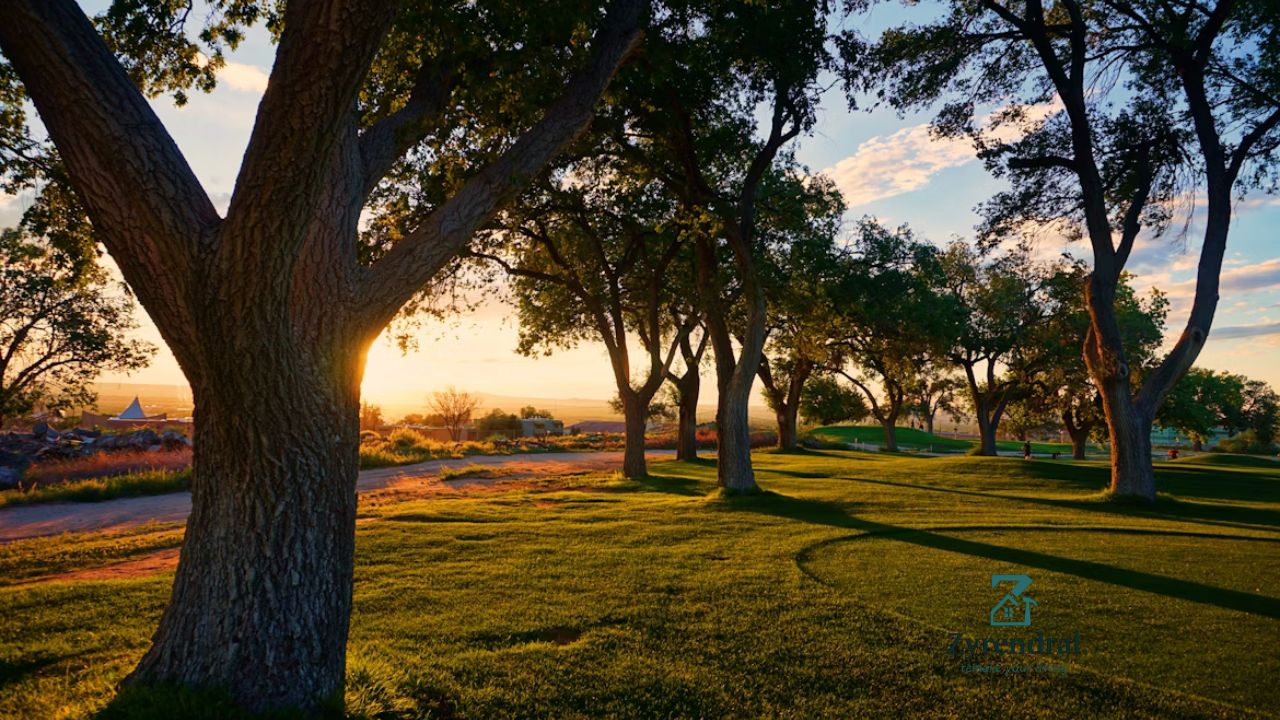Navigating the legal and emotional landscape of property easements can be challenging, especially when it impacts communities as picturesque as Montecito. The Montecito Country Club landscaping easement dispute has become a point of contention, raising questions about property rights, land use, and community harmony. This blog dives deep into the details, offering key insights, real-life examples, and potential solutions to resolve such disputes amicably.
Table of Contents
ToggleSummary Overview
Below is a quick snapshot of the Montecito Country Club landscaping easement dispute for clarity:
| Aspect | Details |
|---|---|
| Location | Montecito Country Club and nearby residential properties |
| Issue | Dispute over landscaping on easement lands |
| Parties involved | Montecito Country Club homeowners and local property owners |
| Primary challenge | Conflicts regarding landscaping rights and maintenance responsibilities |
| Suggested solutions | Mediation, legal agreements, community-led negotiations |
| Impact | Affects property values, aesthetics, and long-term relationships |
What Is the Montecito Country Club Landscaping Easement Dispute?

At its core, the Montecito Country Club landscaping easement dispute revolves around disagreements related to access, landscaping decisions, and maintenance responsibilities on easement lands adjoining private properties and Montecito community spaces. Easements, by definition, grant specific use of one party’s land by another—commonly seen in utilities, driveways, and access paths.
However, when it comes to landscaping easements, tensions can arise over issues such as:
- Overgrown hedges or trees encroaching onto private land
- Differing opinions on whether specific landscaping projects align with community standards
- Unclear maintenance obligations between property owners and the country club
Real-life Impacts of Easements Gone Awry
A local Montecito homeowner shared their frustration in the dispute:
“The lack of agreement between the country club and private landowners has left our property lines messy and unresolved. The overgrown landscape is not only unsightly but impacts views and reduces property value.”
This highlights how unresolved easements can negatively affect both property aesthetics and financial outcomes.
Why Landscaping Easements Can Cause Disputes
Disputes over landscaping easements, such as those at Montecito Country Club, are surprisingly common. Here’s a breakdown of why conflicts occur:
1. Lack of Clear Written Agreements
When easement boundaries and responsibilities are poorly defined, misunderstandings are inevitable. Written agreements outlining landscaping rights and obligations are key to avoiding disputes.
2. Conflicting Priorities
The country club may prioritise communal aesthetics, while individual property owners might focus on sustaining privacy. Balancing these interests is often easier said than done.
3. Financial Burden
Maintaining lush landscaping can be expensive. Questions over who foots the bill can quickly escalate into legal battles.
4. Emotional Attachments
For many, landscaping plays an emotional role—shade-providing trees, aesthetic gardens, or historic plantings can all create personal significance. This personal stake adds a complex emotional layer to disputes.
Key Insights into the Montecito Case

Lack of Communication Aggravates the Dispute
One significant factor worsening the Montecito Country Club landscaping easement dispute is the absence of proactive communication between stakeholders. Homeowners state they often feel left out of decision-making processes, while the country club asserts that their rights to maintain the land are being questioned.
User Reviews and Community Sentiment
Residents have taken to local forums to voice opinions about the unresolved issue. Ratings for the Country Club’s handling of community relations have dipped, showcasing the reputational risk tied to a protracted dispute.
Here’s a summary of feedback from local reviews:
- Positive Sentiments: Some appreciated initiatives by the club to maintain common areas.
- Negative Sentiments: Concerns about biased landscaping projects favouring select parts of the neighbourhood.
Impact on Property Values
Real estate experts suggest that property values within the Montecito area have seen minor dips in congested dispute zones due to the lack of landscaping harmony. However, swift resolution could reverse these trends.
Solutions to Address the Dispute
Resolving the Montecito Country Club landscaping easement dispute requires a balanced approach that considers legal, financial, and community perspectives. Below are practical recommendations:
1. Professional Mediation
Bringing in neutral mediators with expertise in property and landscaping disputes can foster dialogue between parties. Skilled mediators identify win-win scenarios and help de-escalate tension.
2. Updated Legal Agreements
Outdated easement agreements could be at the heart of the conflict. Crafting new contracts with clearly defined terms regarding:
- Landscaping rights (e.g., planting restrictions, pruning rules)
- Cost-sharing mechanisms (e.g., annual maintenance budgets)
can provide clarity and avoid future issues.
3. Establishing Landscaping Standards
Formulating a cohesive landscaping standard agreeable to both the Country Club and property owners is another viable solution. This could cover:
- Plant species approved for easement zones
- Height restrictions on hedgerows
- Maintenance frequency responsibilities
4. Creation of a Community Landscaping Fund
Pooling resources into a shared fund managed by a third party ensures consistent upkeep, reducing financial burden on homeowners and allowing for professional oversight.
5. Open Forums for Ongoing Communication
Regular meetings or surveys ensure that homeowners have a say in landscaping decisions while the country club can update residents on future plans.
Success Stories of Similar Disputes
A nearby California community resolved a similar disagreement by setting up “collaborative landscaping committees.” Homeowners worked alongside community representatives, achieving long-term satisfaction for all involved.
Frequently Asked Questions (FAQs)
1. What is a landscaping easement?
A landscaping easement grants one party rights over specific landscaping aspects on land owned by another party. Examples include maintaining paths, pruning trees, or planting greenery.
2. Why is the Montecito dispute so significant?
The Montecito case shines a spotlight on the importance of balancing private property rights with community standards. A prestigious country club’s involvement further complicates public sentiment.
3. How can I resolve an easement dispute on my property?
Consider hiring legal experts in property law or seeking mediation services. Open, amicable communication can also prevent disputes from escalating.
4. What happens if an easement issue goes to court?
Legal battles over easements often result in enforceable terms, but they can be time-consuming and costly.
Moving Forward Harmoniously
The Montecito Country Club landscaping easement dispute exemplifies the challenges surrounding shared property use, but it need not remain a sore point. Through open communication, mediation, and updated agreements, stakeholders can reclaim a sense of community while preserving the area’s natural beauty. By prioritising collaboration over confrontation, Montecito residents have the potential to turn this dispute into a powerful example of problem-solving.
Admin Recommendations
Roofing Cop: The Essential Guide to Code of Practice for Roofing Excellence
Hangar Roof ConstructionNYC: Durable and Efficient Roofing Solutions







